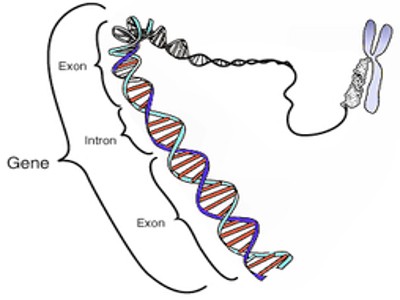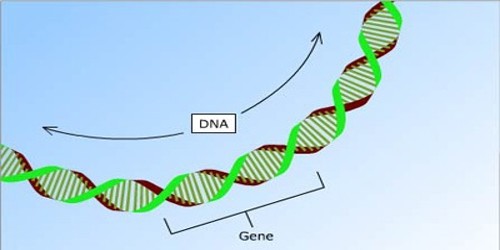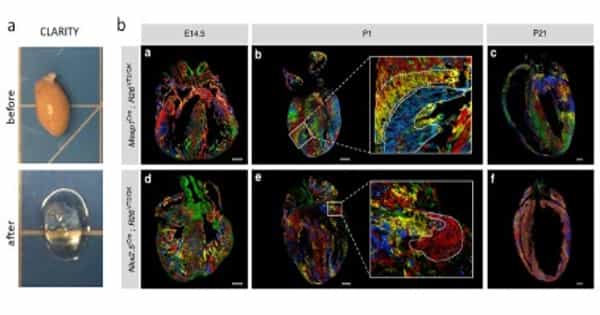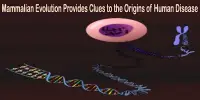A gene is the basic physical and functional unit of heredity. Genes are forms of DNA. DNA is a collection of chemical information that carries the instructions for making the proteins a cell will need. DNA contains the biological instructions that make each species unique. They give instructions for a living being to make molecules called proteins. Each gene contains a single set of instructions. They achieve their effects by directing the synthesis of proteins. These instructions usually code for a particular protein.
Humans have about 20,000 genes that code proteins and many more that are non-coding. Every person has two copies of each gene, one inherited from each parent. Half of a person’s genes come from the mother. The other half come from the father. They contain the instructions for our individual characteristics – like eye and hair color.

Definition – a hereditary unit that occupies a specific position (locus) on a chromosome. Other definitions are ways the gene showed itself:
- A unit which has one or more specific effects on the phenotype of an organism;
- A unit that can mutate to various alleles;
- A unit that recombines with other such units.
Modern definitions must take note of later discoveries. There are now two classes of genes:
- genes that are transcribed into RNAs and are translated into polypeptide chains.
- genes whose transcripts (tRNAs, rRNAs, snRNAs) are used directly. These are operators which serve as ‘regulatory sequences’ during transcription and translation of the DNA.
What genes do
Each gene has a special job to do. The purpose of genes is to store information. They are passed on from parent to child and are an important part of what decides how children look and act (their biological properties). Genes affect the way our bodies work, including how we look. Our eye, hair and skin color are decided by genes. It is said that genes cause genetic effects in our bodies. All living beings have genes.
For example, let’s say a mother only has genes for brown hair and a father only has genes for red hair. The child will inherit – receive – genes for red hair (from her father) and brown hair (from her mother). The brown hair gene is ‘dominant’ to the red hair gene. This means the child will have brown hair even though she has genes for both red and brown hair. This means only one dominant gene is needed for the child to receive that particular trait, while two recessive genes are needed for one.
















